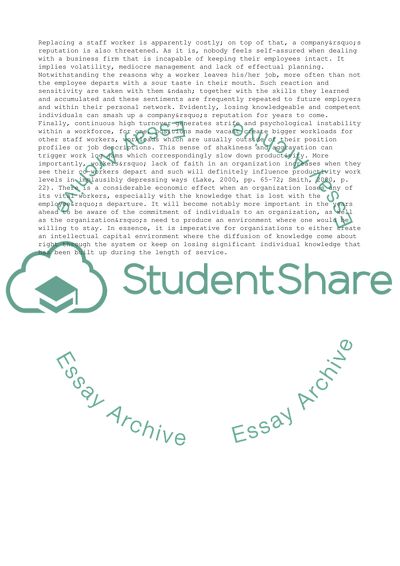Cite this document
(“Incentive Program for Retention of Employees Coursework”, n.d.)
Incentive Program for Retention of Employees Coursework. Retrieved from https://studentshare.org/management/1551814-proposal-essay
Incentive Program for Retention of Employees Coursework. Retrieved from https://studentshare.org/management/1551814-proposal-essay
(Incentive Program for Retention of Employees Coursework)
Incentive Program for Retention of Employees Coursework. https://studentshare.org/management/1551814-proposal-essay.
Incentive Program for Retention of Employees Coursework. https://studentshare.org/management/1551814-proposal-essay.
“Incentive Program for Retention of Employees Coursework”, n.d. https://studentshare.org/management/1551814-proposal-essay.


